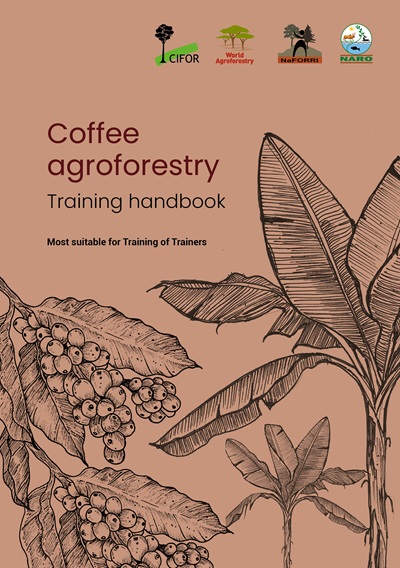Coffee is Uganda’s most important cash crop and has sustained livelihoods for generations across a range of farming systems. Yet the coffee sector — both in Uganda and internationally — is under the threat from climate change. However, the effective use of agroforestry systems can mitigate these impacts and keep 75% of the current area in play for coffee production. Boosting the uptake of coffee agroforestry is critical for climate resilience.
Coffee agroforestry — also known as shade-grown coffee — is practiced by growing coffee together with other trees and shrubs for environmental, social and economic benefits. Agroforestry is not new: farmers have practised it for thousands of years, and scientists have recognized it since the 1970s as a productive and ecologically sustainable form of agriculture and land use. But agroforestry is now at centre stage: it is promoted as a land-use strategy to support climate change mitigation and adaptation, biodiversity conservation, sustainable agriculture and other goals.
This training handbook supports extensionists, advisors and practitioners working on coffee agroforestry in Uganda. To achieve maximum benefits from agroforestry, farmers need to understand its principles — and their application for coffee cultivation. The resource will help trainers and extension agents support farmers to design, establish and manage coffee agroforestry systems in a range of contexts.
DOI:
https://doi.org/10.17528/cifor-icraf/009369Jumlah Kutipan Dimensi:
Tahun publikasi
2025
Penulis
Buyinza, J.; Ongodia, G.; Mudondo, S.; Fungo, B.; Natwaluma, G.
Bahasa
English
Kata kunci
coffee, agroforestry, livelihoods, farming systems, climate change mitigation, socioeconomic development, sustainable agriculture, training materials, farmers
Geografis
Uganda

















